
"I was so captivated by Loopy's expressive emojis on KakaoTalk that I ended up purchasing every series available," Kim said.
Upon learning of a Loopy-themed pop-up store in Seoul, he made the hours-long trip from his home in Daejeon, just to buy a plushie and a figurine of the endearing critter.
"It was worth every penny and every minute," he said.
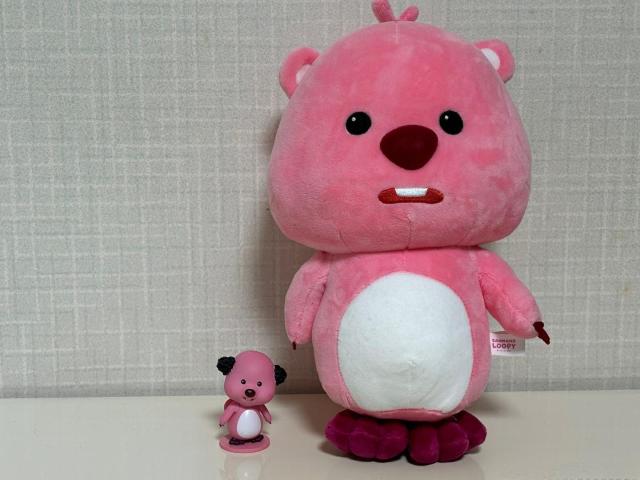
The phenomenon has been highlighted again recently by the popularity of the KBS animation series “Catch! Teenieping,” which has garnered over 7 billion views on TV and YouTube.
Its film adaptation, titled “Heartsping: Teenieping of Love,” has attracted nearly 1.19 million viewers since theatrical release on Aug. 7.
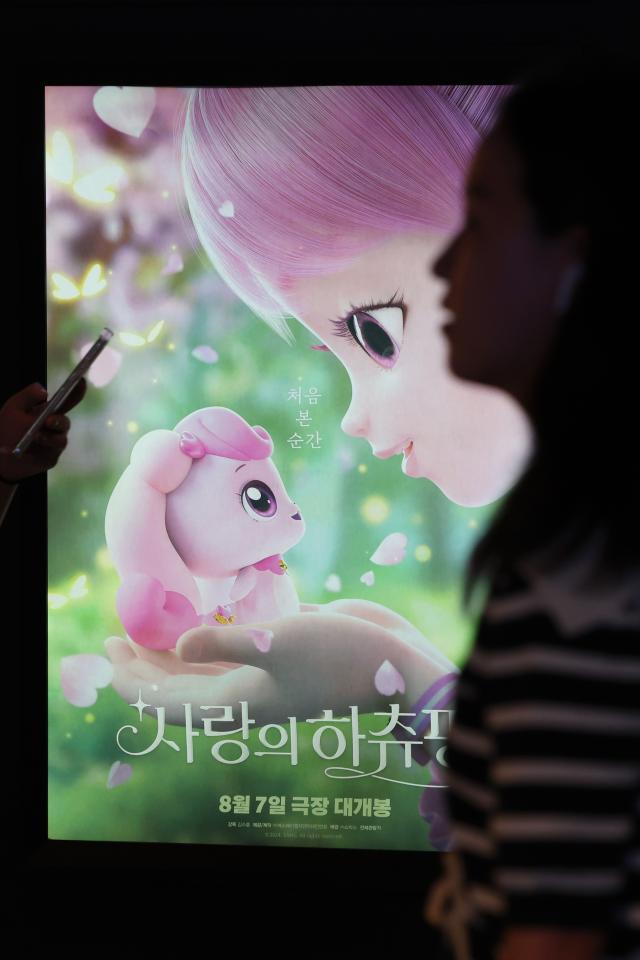
Those in their 20s followed at 26 percent, with those in their 40s at 18 percent. Teenagers made up only 13 percent.
Korea's kidult market grew from 500 billion won (US$374 million) in 2014 to 1.6 trillion won in 2020, according to the Korea Creative Content Agency.
In Europe, the kidult market represents 28.5 percent of total toy sales, amounting to 4.5 billion euros in sales in 2023. In the U.S., kidult toy sales in the first quarter of 2024 surpassed those of the preschool segment for the first time.
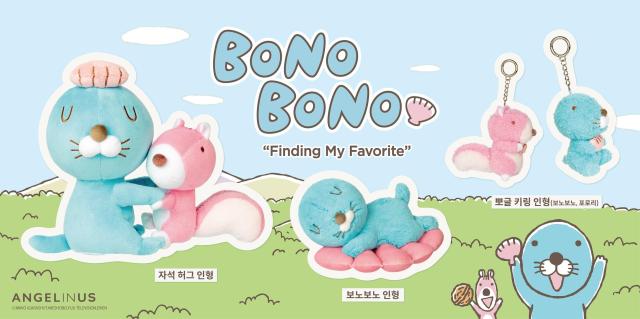
McDonald's partnered with footwear brand Crocs to launch limited-edition slipper keyrings on Sept. 20.
"Our new Crocs-inspired toys appeal to customers of all ages, including adults, not just children," a McDonald's Korea spokesperson said.
Mega MGC Coffee, a coffee chain, has teamed up with “Heartsping: Teenieping of Love,” while Ediya Coffee and Paik's Coffee have partnered with animation “Crazy Boy JJANGU!.” Angel-in-Us has joined forces with animated series “Bonobono.”
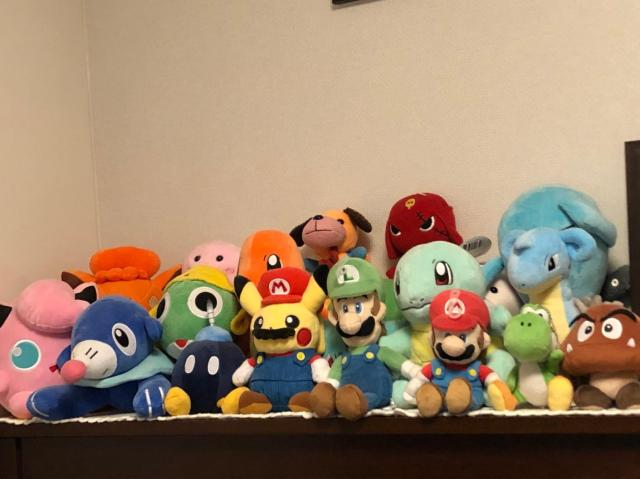
"I keep a collection of dolls related to game characters I used to like," said Lee Jae-hyeong, a 26-year-old student at Keio University in Japan.
He collects character plushies and CD records as a hobby. Now that he can afford them as an adult, his collection grows every day.
“The illustrations, the designs, you just can’t get these vibes from digital counterparts,” Lee said while opening a CD engraved with intricate drawings.
"I don’t hesitate to buy things I love because I prefer possessing something tangible over something intangible," he added.
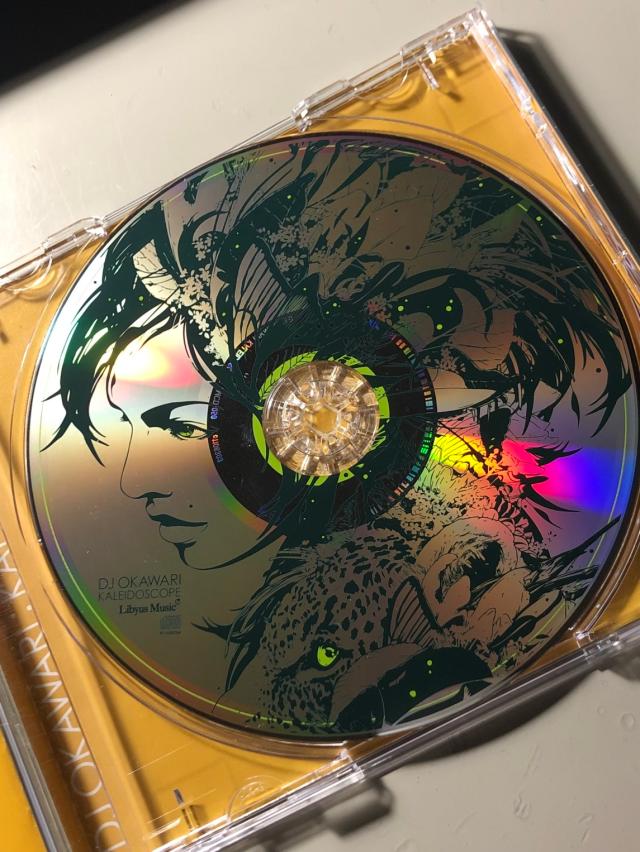
"It’s not something they would normally do, but themes like Teenieping could be a passing trend that adults take up on a whim. When you see people around you purchasing or sharing these fads, you might think, ‘They're living youthfully,'" Kim said.
"These items help create an image of being a 'kidult,' a trendy young adult," he added.
Koo Hye-gyoung, a consumer science professor at Chungnam National University, suggests economic factors may also contribute to this trend.
"During prolonged periods of economic hardship, consumers tend to curtail spending on entertainment," Koo said.
"Kidult items, while not inexpensive, often remain more accessible than many luxury goods. Some adults may gravitate towards these adolescent toys or merchandise for the relatively substantial satisfaction they provide," she added.
Copyright ⓒ Aju Press All rights reserved.



